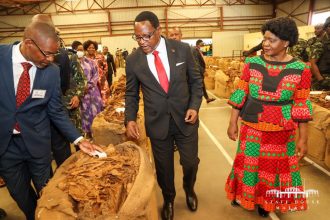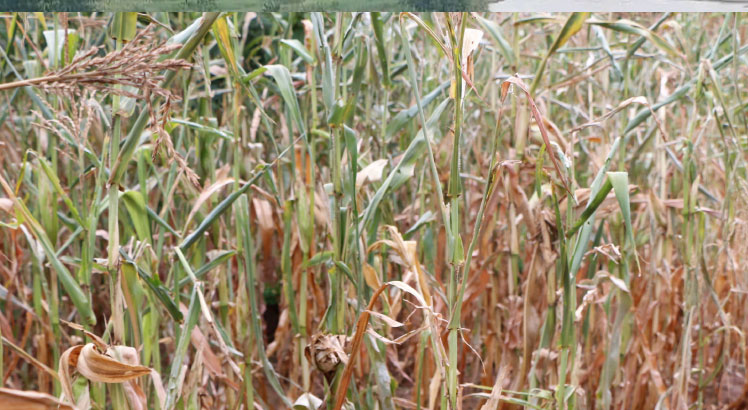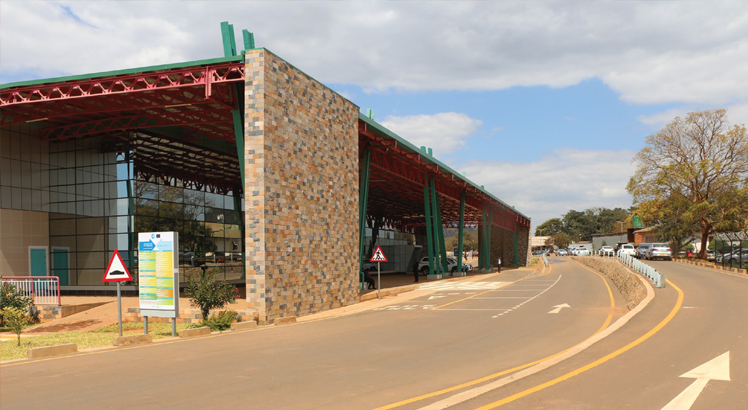RBM says export diversification key to Malawi economy

The Malawi economy’s buoyancy from the spillover effects of stagnant growth in advanced economies could be enhanced through a robust export diversification drive, the Reserve Bank of Malawi (RBM) has said.
The agro-based economy has a narrow export base which means that should growth in the advanced economies fester, Malawi is likely to face adverse developments especially in its foreign exchange reserves and exchange rate through reduced demand for its exports.
This strengthens the argument that despite weak links between Malawi’s financial systems and the rest of the world, the economy is tied to the external economy largely through trade.
In its latest financial stability report, RBM argues that the implementation of a strong export diversification strategy remains the most prominent mitigation measure that the country can use as a cushion from such developments.
“Hence, the country’s establishment of the Export Development Fund which aims at promoting the production of non-traditional crops and materials for export is commendable,” reads the report in part, covering the period between September 2012 and March 2013.
The Malawi Government last year launched the five-year National Export Strategy (NES) to ensure that the country builds its productive capacity such that exports may match imports in the long term.
The strategy suggests that benchmarking Malawi’s capacity to export against its import bill is essential because, as experienced with the foreign exchange and aid crisis in 2011, Malawi’s structural trade deficit may lead to a reduction in it’s ability to export and undermine the emergence of the productive base of the economy.
NES says imports and exports cannot be detached from each other, just as the realities of poverty reduction, development and export competitiveness are linked.
“Therefore a strategy to develop Malawi’s capacity to export needs to account for the wide range of factors that determine the willingness and ability of exporters, potential exporters and suppliers to exporters to collectively export on the scale required by Malawi’s import and consumption bill,” says the strategy.
Malawi’s import bill was last year revised upwards to $188 million [K65 billion, at the current exchange rate] from $129 million (K45 billion), clearly indicating that the country’s appetite for imports is fast rising compared to exports.
The current extent of the structural trade deficit means that NES is not just about exports in the most direct form, but about how Malawi can build the productive base of its economy.





